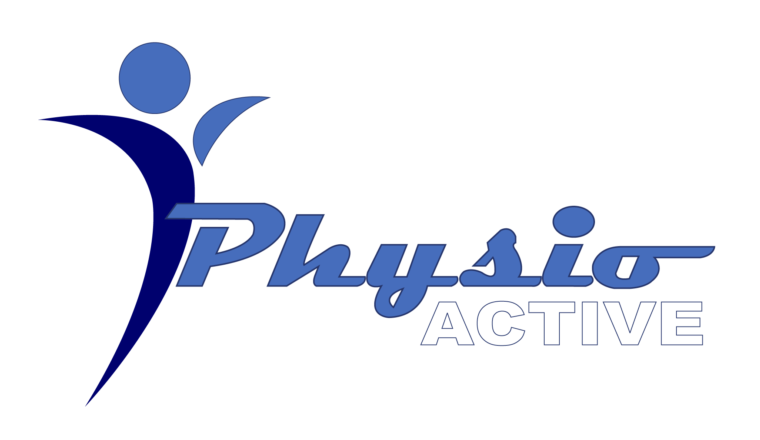After Joint Replacement
After joint replacement surgery, such as a hip or knee replacement, physiotherapy is a crucial component of the recovery and rehabilitation process. The primary goal of physiotherapy after joint replacement is to restore mobility, strength, and function in the replaced joint. So don’t miss to find the Physiotherapy clinic near by me. Here are some common components of physiotherapy after joint replacement:

Early Mobilization:
Shortly after surgery, physiotherapy will focus on early mobilization and getting you out of bed and moving. The physiotherapist will guide you through exercises and assistive techniques to improve joint mobility and prevent complications such as blood clots and stiffness.
Range of Motion Exercises:
Gradually, the physiotherapist will introduce range of motion exercises to improve the flexibility and mobility of the replaced joint. These exercises will help regain the ability to fully bend, straighten, and rotate the joint.
Strengthening Exercises:
Strengthening the muscles around the replaced joint is crucial for stability and support. The physiotherapist will design a personalized exercise program to gradually strengthen the muscles without placing excessive stress on the joint.
Gait Training:
If the joint replacement surgery affects your ability to walk, the physiotherapist will guide you through gait training exercises. These exercises focus on regaining a normal walking pattern, improving balance, and ensuring proper weight distribution.
Balance and Coordination Training:
After joint replacement surgery, it’s important to improve balance and coordination to prevent falls and optimize function. The physiotherapist may incorporate specific exercises to challenge and enhance these abilities. Visit our the best Physiotherapy clinic near by me.
Functional Training:
As you progress in your rehabilitation, the physiotherapist will introduce functional training exercises that simulate activities of daily living, such as getting up from a chair, climbing stairs, or lifting objects. This helps you regain independence and confidence in performing everyday tasks.
Pain Management:
Pain management is an important aspect of physiotherapy after joint replacement surgery. The physiotherapist will use various modalities, such as ice or heat therapy, electrical stimulation, or manual techniques, to help alleviate pain and promote comfort during the rehabilitation process.
Education and Precautions:
The physiotherapist will provide education on proper body mechanics, postural awareness, and precautions to prevent complications and protect the replaced joint. They will also provide guidance on lifestyle modifications and self-management strategies for long-term joint health.




